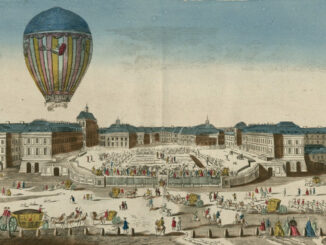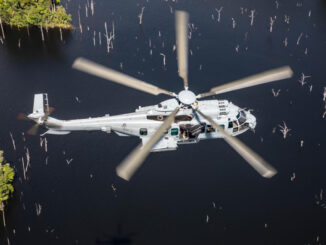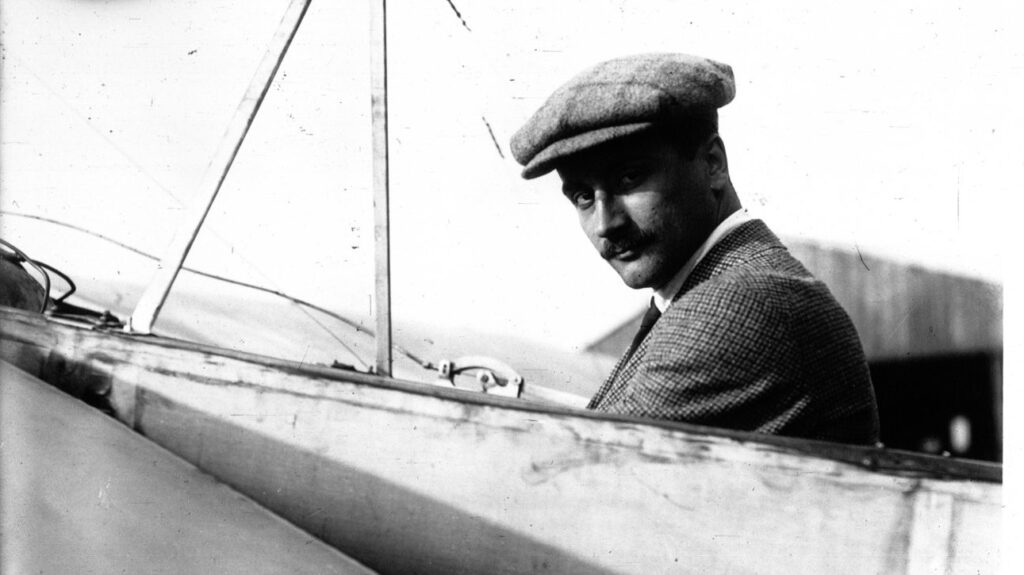 On 6th October 1888, Eugène Adrien Roland Georges Garros, a French aviation pioneer and fighter pilot, was born in Saint-Denis, Réunion island.
On 6th October 1888, Eugène Adrien Roland Georges Garros, a French aviation pioneer and fighter pilot, was born in Saint-Denis, Réunion island.
Although the Garros family came from the Metropolitan France, they, since a long time, used to live overseas. Roland Garros was born on Réunion, the French island in the Indian Ocean, and, at the age of four, moved with his family to Cochinchina (now Vietnam). In 1900, faced with the lack of French high school in the area, Garros family decided to send the twelve-year-old Roland to a school in Paris.
That new period in his life started with pneumonia and, to recover, Roland Garros was sent to another high school in Cannes. It seemed that the French Riviera had a positive impact on young Garros. He did not only recover from the illness but, in a few years, became an athlete. Garros trained a variety of disciplines, including cycling, football, rugby and tennis.
For the final year of his education, Garros returned to Paris and, after graduating, started work at Automobiles Grégoire car dealership. There, he got into mechanics and motorsport, as well as became a close friend to Ettore Bugatti. A short while later, Garros established his own car selling company, thus disappointing his father, who wanted Roland Garros to become a lawyer.
The rumour is that Roland Garros decided to become a pilot after visiting Grande Semaine d’Aviation de la Champagne, an air show held in 1909 near Reims. More likely, it was due to his other close friend, Juan Bielovucic (a Peruvian of Croatian and French descent). In 1908, Bielovucic signed up for the Voisin brothers´ flying school and started his aviation career.
In 1909, Roland Garros bought his first aircraft, an old Demoiselle, and started to learn flying by himself. Garros had just a few flying hours of experience – and still no licence – when he participated in his first aviation event. On 19th July 1910, the young aviator received the pilot´s licence from l’Aéro-Club de France, with no. 147.
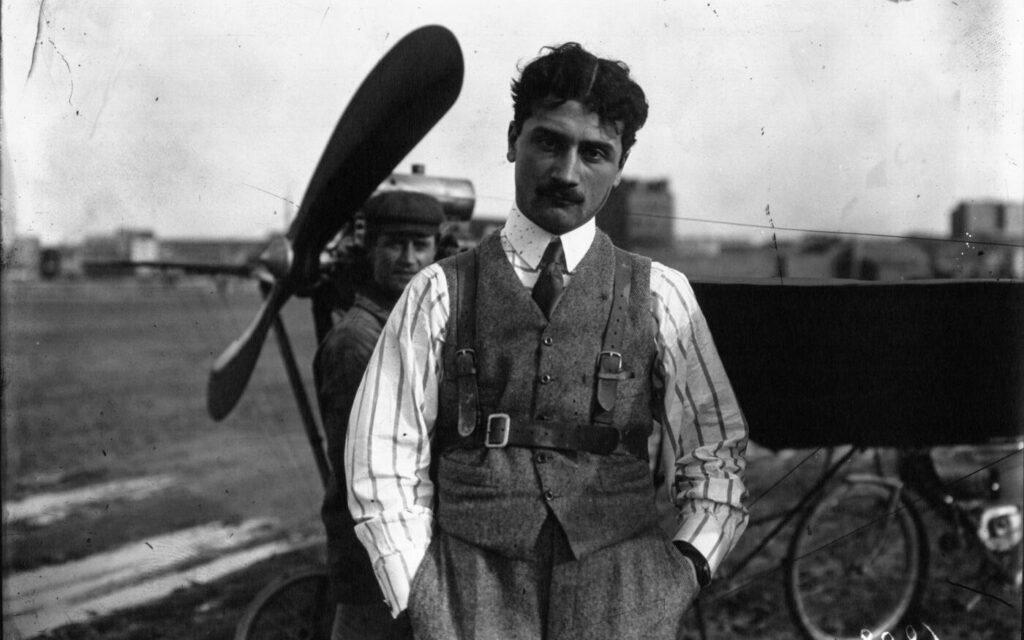
Shortly after, Garros went to the United States to take part in air shows organized there. Initially, he flew with the Demoiselle but quite soon the French met with John Moisant and became part of ´Cirque Moisant´ display team, with which he toured the USA, Mexico and Cuba.
In May of 1911, Roland Garros returned to France. He participated in several aviation races, but was not able to win any of them, quickly gaining a nickname ´l’Éternel second´ (English, freely translated: forever the second).
The tables turned for Garros after he met Charles Voisin. The Voisin brothers, who already were taking care of Bielovucic flying activities, agreed to prepare an aeroplane for his close friend, Roland Garros. The results came up in a short time.
With the aeroplane made by Voisin, Garros´ display was among highlights of Le Mans air show. Shortly after, in September of 1911, he set an altitude record of 3,950 metres. One year later, the record was broken by Phillip von Blaschke, who reached 4,360 metres. Almost immediately, Garros raised the bar with 5,610 metres.
At that time, Garros was one of the most-known French aviators and his displays attracted even more than 100,000 spectators. He also toured the South America, visiting Brazil and Argentina, as well as flew there some displays together with Eduardo Chaves and Jean Mermoz.
After returning to Europe, Roland Garros again participated in various aviation competitions. He won Angers-Cholet-Saumur race, a meeting in Vienna and several local competitions. He was also the first pilot to fly across the Mediterranean Sea, from Fréjus-Saint Raphaël to Bizerte, Tunisia. At that time, the press forgot about his previous nickname and started to call Garros ´le champion des champions´ (English: the champion of champions).
On 2nd August 1914, on the outbreak of the Great War, Roland Garros enlisted the French Air Force. He was assigned to Escadrille 23 that operated Morane-Saulnier Type H aeroplanes. During the first months of the war, Garros participated in usual early aviation operations, such as observation and reconnaissance missions, as well as manually dropping bombs on enemy positions.
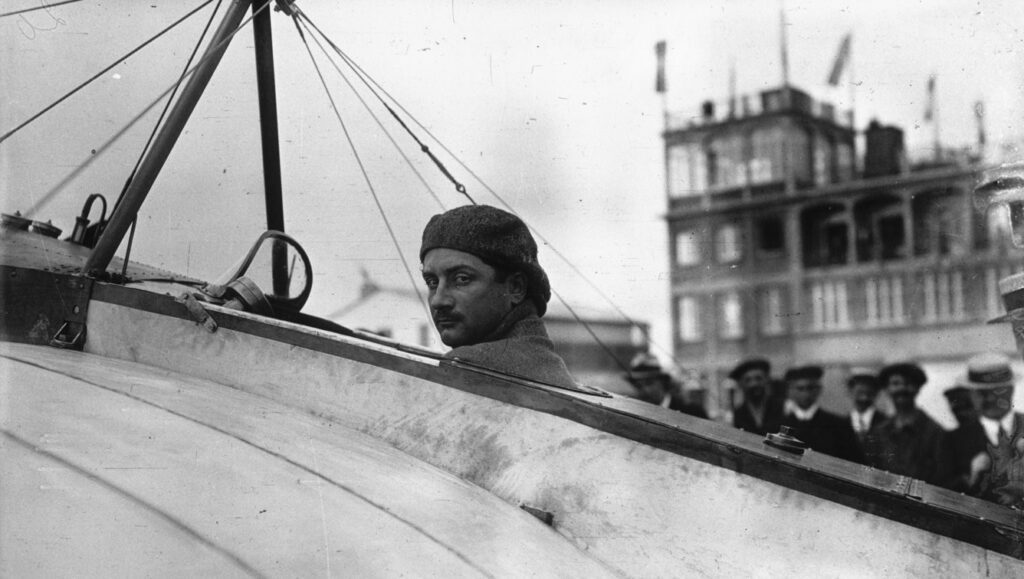
With the beginning of aerial combat, Roland Garros became one of its pioneers. He was among the first theoretics of dogfight, all the time experimenting with new ideas to improve its effectiveness.
There are several common myths related to his early military career. The first says that Garros was involved in the first air combat in history of aviation – although it was Joseph Frantz and Louis Quenault from Escadrille V24 who, as the first ones, shot down an Aviatik B.I on 5th October 1914. The other one points out that Garros was the first pilot to shot down an airship, yet in August of 1914. However, the first recorded aerial victory over a ´Zeppelin´ took place in June of 1915.
Garros is also often mentioned as the first aerial ace in history. However, this is just another myth. For the first time, the term ´air ace´ emerged in 1915 – when the French pilot, Adolphe Pégoud, became the first pilot officially credited with more than five aerial victories. Then, the local press nicknamed him l´as (English: the ace). That term was quickly adopted by military authorities and the title was shortly officially awarded to any pilot who managed to shoot down five enemy aircraft. Roland Garros is credited with ´only´ four aerial victories and never achieved the title of the air ace.
Nevertheless, there was one invention that, during the early months of war, really brought some fame to Garros.
Since 1910, there were several attempts made to create a device that would allow the aircraft machine gun to fire through the spinning propeller, without damaging its blades. In 1913, the first working synchronization gear was patented by Swiss engineer, Franz Schneider, working for the LVG in Germany.
The Allies worked on similar device but without any serious results. Garros, who also was involved in development of the synchronization gear, decided to go the other way as a temporary solution. Together with his mechanic, Jules Hue, he decided to narrow the propeller blades in the place they could be stuck by the bullet and, in addition, covered them with protective wedges that deflected the rounds.
That invention allowed Garros to use the front-firing machine gun fixed to his Morane-Saulnier G. The first aerial victory came on 1st April 1915 and was followed by another two on 14th and 18th April.

Although Garros invention was just a sort of an emergency solution, it seemed to work in the right way. Regrettably to the Allies, it was soon revealed by Germans – on 18th April 1915, Garros was forced to make emergency landing on the enemy territory due to fuel installation failure. He was captured by German soldiers, together with his aircraft almost intact.
Nevertheless, the Germans found Garros´ propeller as just another curiosity of the war. They did not need to copy it, because the Schneider´s interrupter gear was almost ready. In 1915, the device was mounted on new German fighter, Fokker Eindecker, allowing the Germans to achieve air superiority for more than six months (the period commonly known as ´Fokker Scourge´).
Roland Garros spent almost three years in Germany as prisoner of war. He managed to escape in February of 1918 and returned to France via the Netherlands and England. Shortly after, he also returned to combat flying and was assigned to Escadrille 26 that operated SPAD XIII fighters.
On 2nd October 1918, Roland Garros claimed his fourth, and last, aerial victory. Four days later, on the eve of his 30th birthday, Garros was engaged in a dogfight against a Fokker D.VII. Soon after, his SPAD XIII exploded in the mid-air and its remains hit the ground near Saint-Morel, in the Ardennes. Although it is not confirmed officially, the pilot who shot down Garros was most probably Herman Habich from Jasta 49, for whom it was his sixth aerial victory.
Garros´ legacy survived until today. He is often mentioned among the best French pilots of the 1910s and considered one of godfathers of modern aerial combat. Roland Garros also marked the pages of aviation history with his pioneering records, as well as the invention of narrowed propeller.
Today, the international airport on Réunion island is named after him, as well as the Stade Roland Garros – a tennis centre built in the 1920s in Paris. The stadium hosts one of the most-known tennis tournaments in the world, the French Open being a part of the Grand Slam. Until today, the tournament is officially named Les Internationaux de France de Roland-Garros (English: the French International (competition) of Roland Garros).

Cover photo: Roland Garros in his Blériot aircraft, Etampes, 1911 (photo: gallica.bnf.fr / Bibliothèque nationale de France, public domain)

